Are we really willing to make our highways safer?
There is no single reason for the death of Cyrus Mistry. So, here's the question we need to ask ourselves: are we willing to accept that and truly work towards making our highways safer?
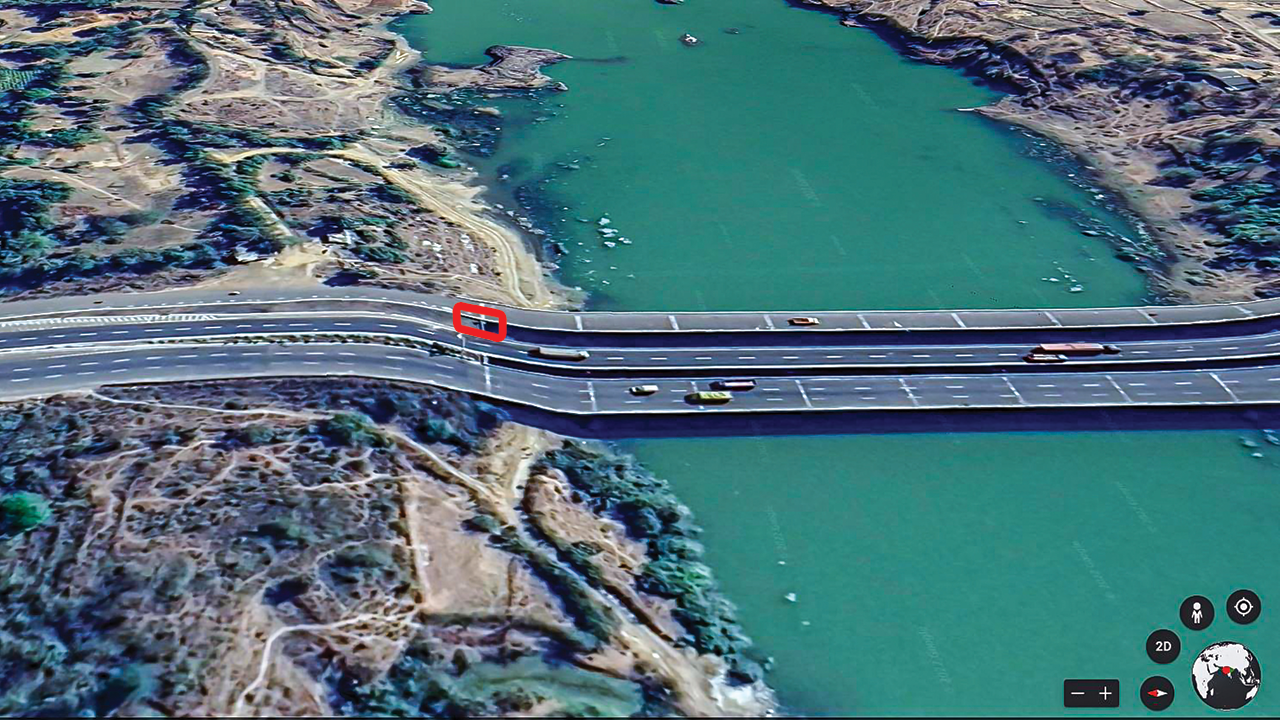
There is no single reason for the death of Cyrus Mistry. The question is: are we willing to accept that and truly work towards making our highways safer?
Some years ago, I was driving back to Mumbai while returning from a colleague’s wedding in Surat. My S-Cross had a full house and it was late at night. Giant container trucks were thundering through the whole Mumbai-Ahmedabad highway, dominating the right-hand lane. In an ideal world, I should stay behind the trucks and overtake them only if I got the opportunity to do it the right way. But sticking to the right lane between trucks is also unsafe. Plus I didn’t have the luxury of a week to drive down those 300 kilometres to get back home. So what does one do? Overtake from the left. During one of these overtaking manoeuvres, I encountered a concrete block as the highway suddenly split the lanes. Maybe I was not carrying high speeds, maybe I was extra alert and maybe my reflexes were good… Whatever it was, I could shed speed rapidly and abandon the overtaking manoeuvre.
When I read about the tragic death of Cyrus Mistry, the memories of my close call came rushing back. It was the same spot, and the situation was virtually identical. Wonder how many other people have had similar encounters and lived to tell the tale? Sadly, Mr Mistry and Mr Pandole will not.
In the meanwhile, are we done with the tragic death of Cyrus Mistry? Yes. Can we move on to the next big thing? Yes. Did we learn anything from this terrible event? No. Will India’s road fatalities come down soon? No. So are we done with the tragic death of Cyrus Mistry? Well, you know the answer to that.
By now, all the analyses of what went wrong when the scion of one of India’s storied business houses passed away in a terrible collision have been done. The answer is: no one is to blame. After all, it was an ‘accident’ wasn’t it? Oxford defines an accident as ‘an unpleasant event that happens UNEXPECTEDLY and causes damage, injury or death.’ Was this an accident, then? Didn’t the NHAI expect a hard, unforgiving rectangular concrete structure at the fork to be a matter of concern? Didn’t the road auditors expect that it will come up suddenly and install warnings to drivers to shed speed? Didn’t the driver of the car expect that a left-side overtaking manoeuvre at a higher-than-recommended speed is risky? Didn’t the truck drivers blocking the extreme right side of the highway expect that their driving behaviour would push people to overtake from the left? Didn’t the passengers at the rear expect anything untoward to happen while driving on one of India’s busiest, most dangerous highways that they deemed seatbelts unnecessary?
Frankly, only one factor in this deadly collision was expecting something to go wrong and did something about it: Mercedes-Benz. They engineer their cars to handle crashes and protect the fragile human beings inside, hence I believe that the ill-fated GLC actually saved two of the four lives. The same impact in a lesser car is unimaginable. But not everyone can buy premium cars – so that begs the question: if something like this can happen with a Mercedes-Benz, what could happen to the rest of us? What could have happened to me and my four colleagues in the S-Cross?
It is pretty clear this was not an ‘accident’ – one could easily have expected it to happen to anyone. And it’s not just one reason that killed Mistry on our deadly highways. It is all of the above. But what do we do with this knowledge? What measures will be taken to ensure we minimise such fatal collisions? Rear seatbelt warning chimes in cars are one. For too long, the rear seatbelt has been a decorative device in our cars, now it’s time to put them to use. I only hope that we Indians don’t think of innovative ways of cheating the alarm. But wearing rear seatbelts can only do so much, what else?
There is a never-ending wish list, but the most important is to demand accountability from the authorities who build our roads and highways, who need to demonstrate that they are competent in their jobs. To me, it’s pretty clear that the trigger for this collision is primarily an infrastructural issue and they are to blame. Everything else follows from there.
Meanwhile, as we go back to our lives and push Mr Mistry’s death to the back of our minds, let’s also remember that on average 400 other fellow Indians would have also perished on our deadly roads on that day. A majority of them on two-wheelers or vulnerable road users like cyclists and pedestrians. Hope we pay attention to these nameless, faceless tragedies too while we think of interventions to make our roads safer.
Image Courtesy – Google Earth
Read more:

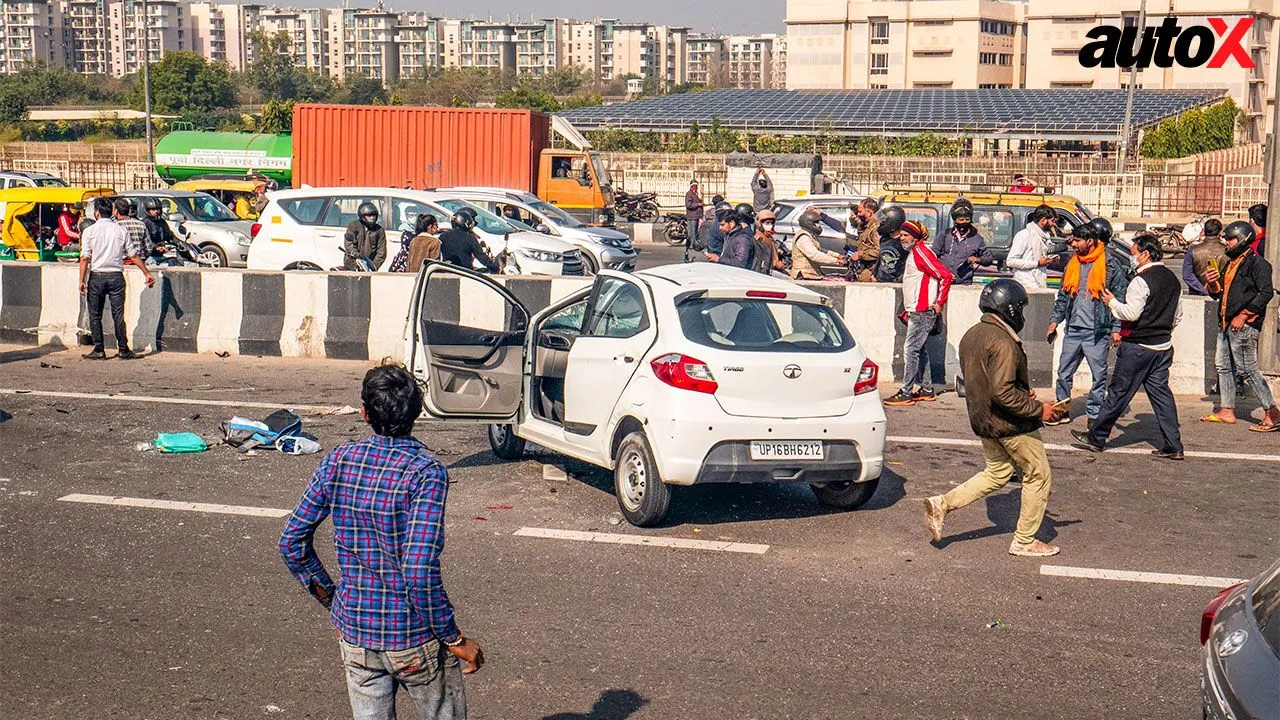

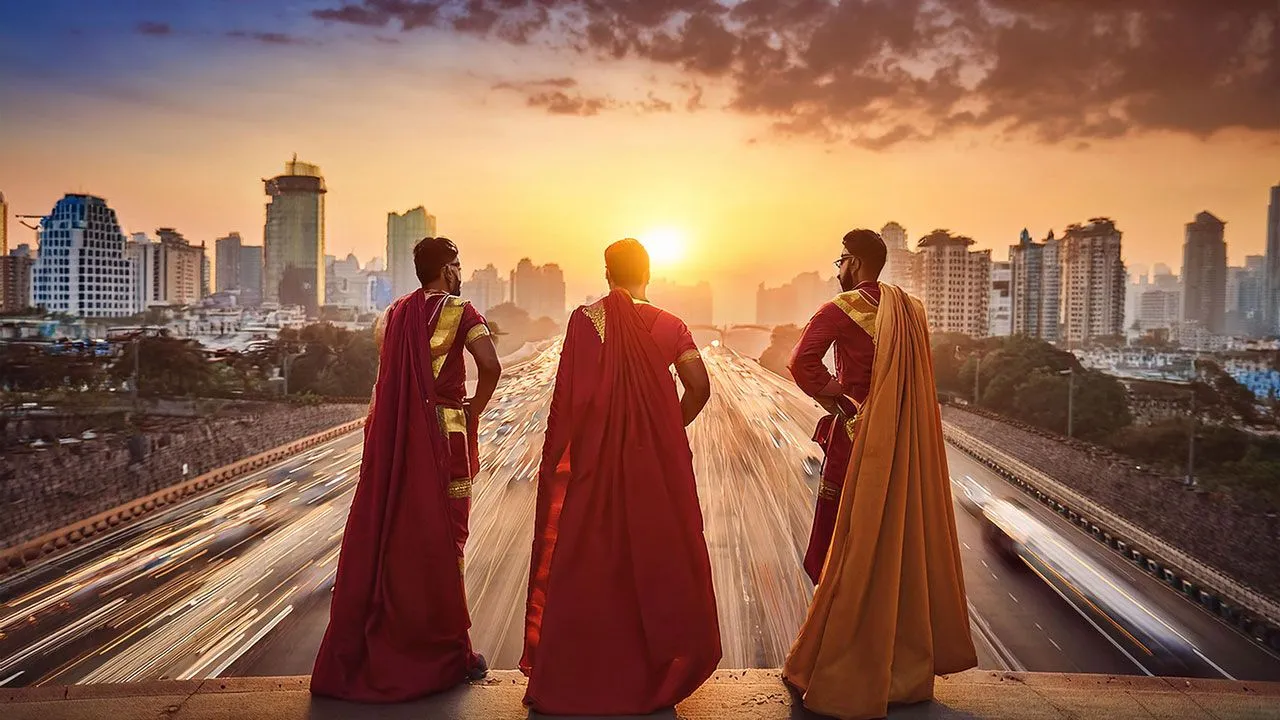
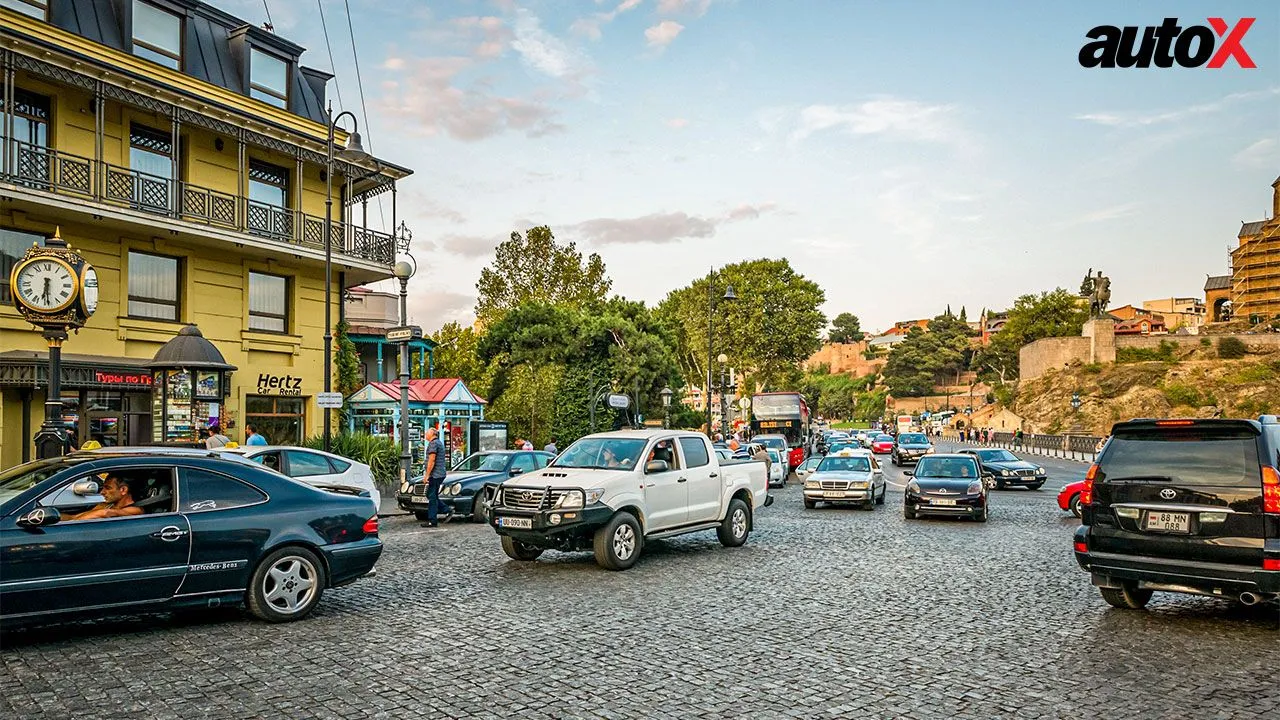
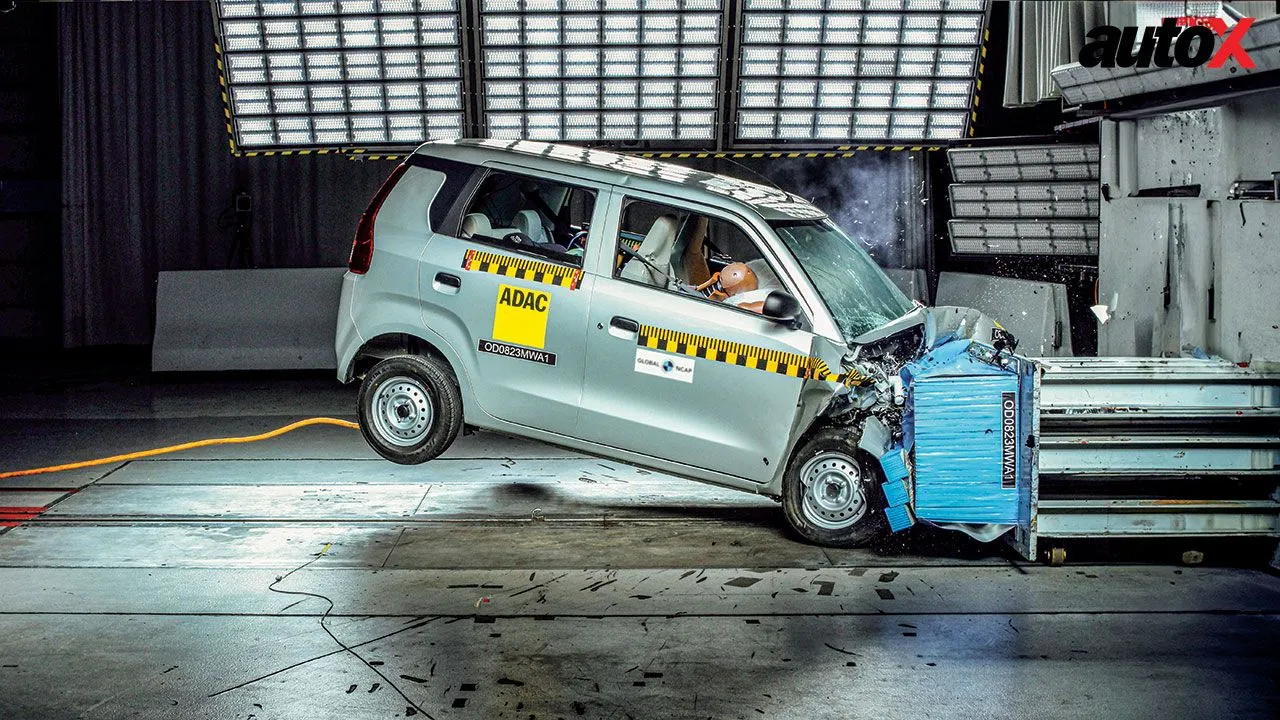

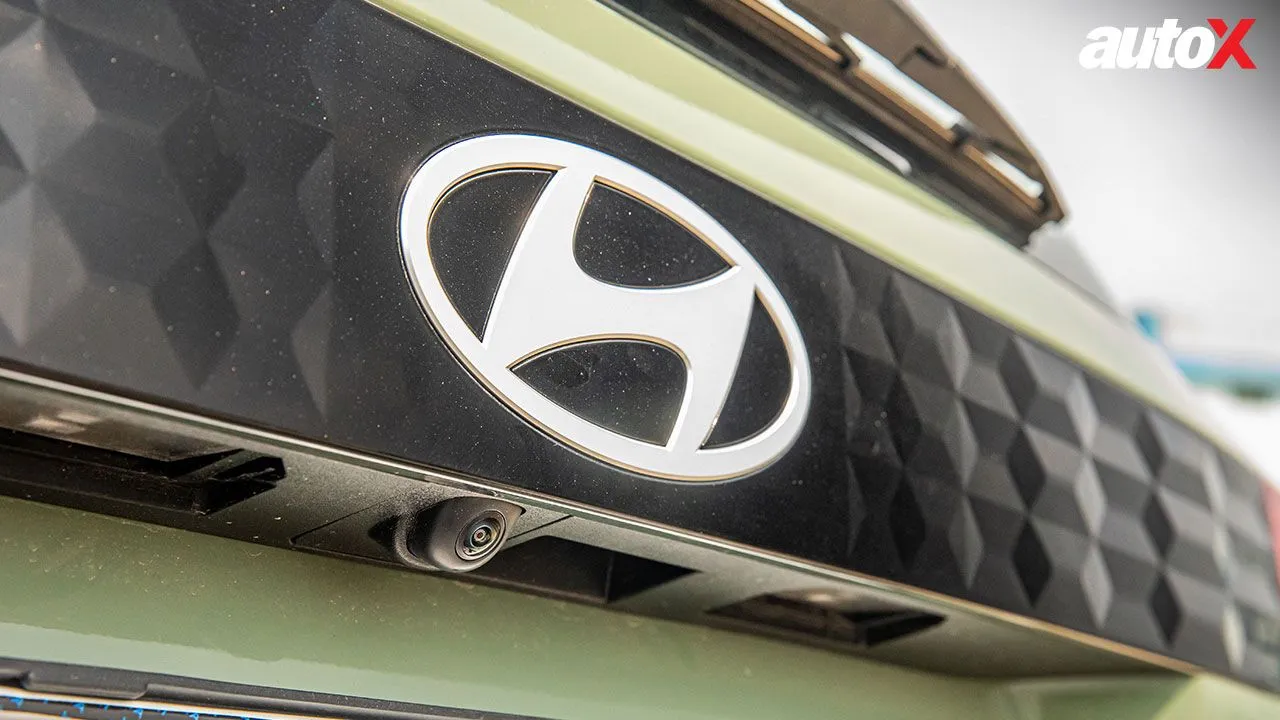






















Write your Comment on